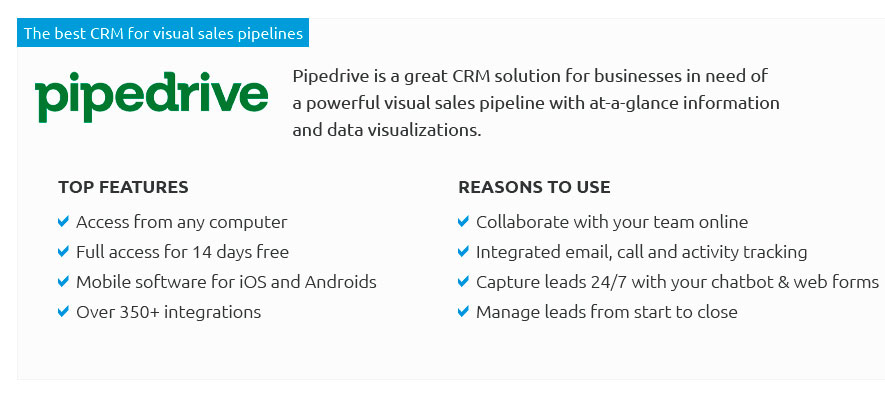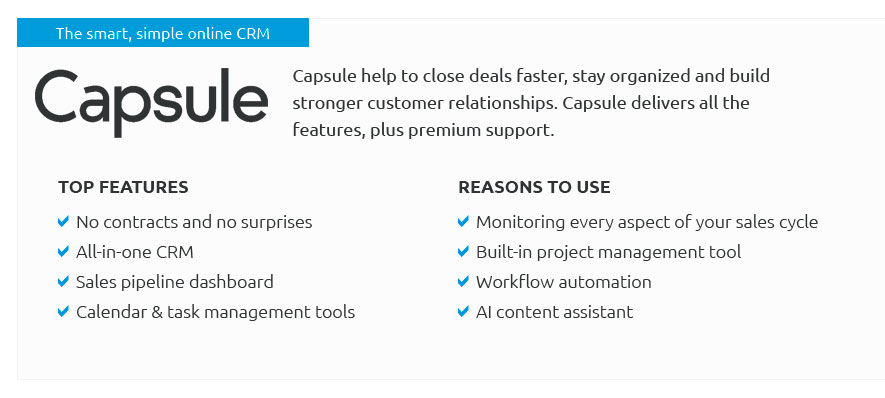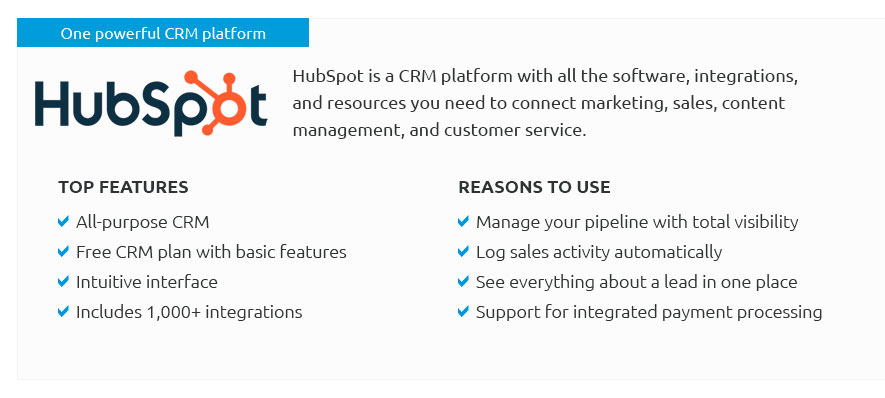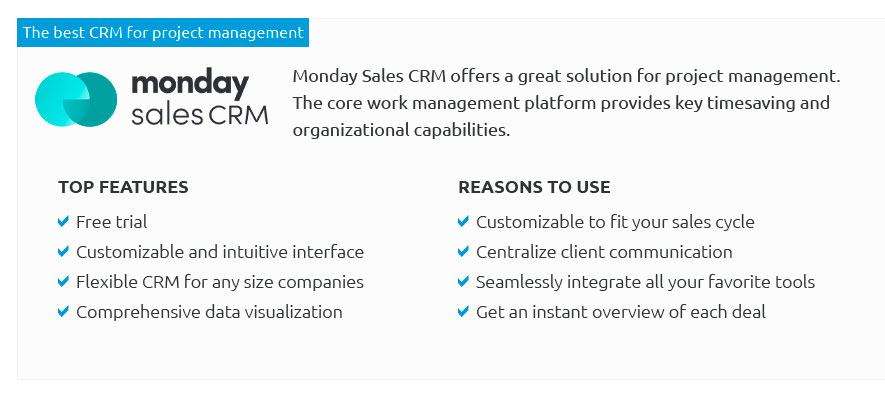 |
 |
 |
 |
 |
|
 |
|
 |
|
 |
|
 |
|
 |
|
 |
 |
|
5s4hl0sby Discover the ultimate guide to CRM software reviews and uncover the best CRM platforms that are transforming businesses today-whether you're a small startup or a global powerhouse, our comprehensive CRM pricing comparison cuts through the noise, spotlighting value-packed solutions tailored to elevate your customer relationships and drive unparalleled growth; dive in and empower your team with the insights needed to make a confident, informed decision, because your success story deserves nothing less than the best.
https://www.freshworks.com/crm/pricing-compare/
FREE ... $0 ... for upto 3 users ... SIGN UP ... GROWTH ... $9 ... user/month ... billed annually ... $11 ... user/month ... billed monthly ... SIGN UP ... PRO ... $39. https://www.zoho.com/crm/complete-feature-list.html
Pricing(local taxes will be charged in addition to the prices mentioned.) ; Billed Annually ; Billed Monthly ...
|